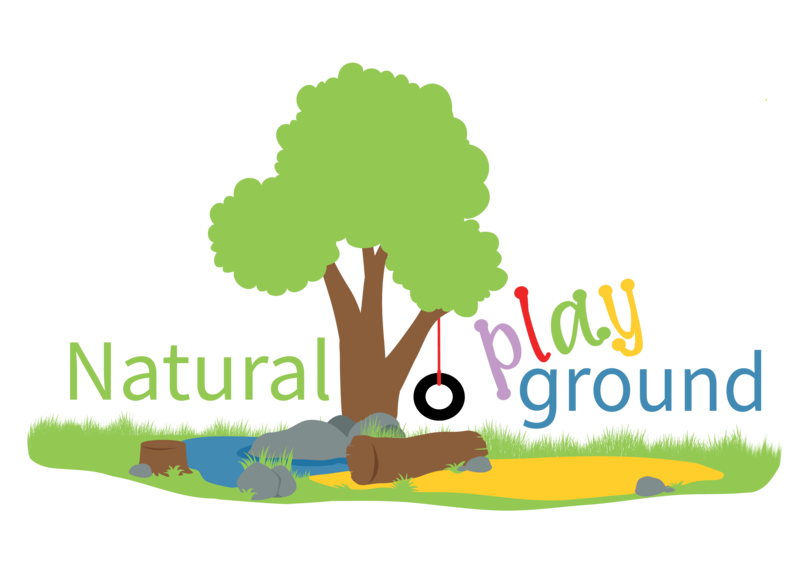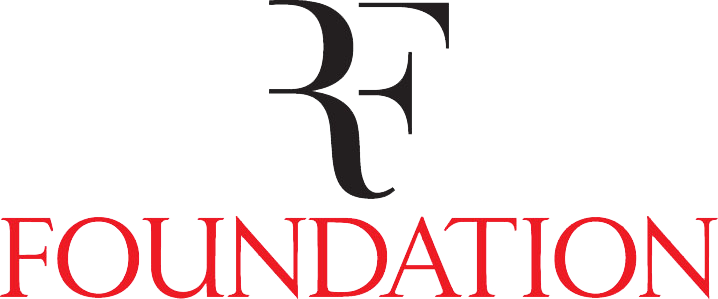Section 4 Act
What is a playground action plan?
Action plans turn dreams into reality. A playground action planAction plan A document that lists the steps that must be taken in order to reach your goals or objectives. is a tool that shows your community and partnersStakeholders (Partners) People who have an interest in realising the project in favour of the children. that you are serious about getting things done; it helps you to make sure you don’t overlook something; it also helps you use resourcesResources A supply of money, materials, staff, volunteers, and other assets that can be used by the project to effectively achieve its aims. efficiently. An action plan can be as detailed as you wish to make it. The level of detail will be determined by what you want to use it for.
A good action plan is complete and includes all the activities you need to do to achieve your objectiveObjective A description of the thing that you plan to do or achieve.. It makes it very clear who will do what, by when, and it also anticipates risk by considering what would limit implementation of the plan and creates strategies to deal with this. An action plan considers communication by making sure that you think of everyone who needs to know something about the implementation, what they need to know, and how this information will be communicated to them.
A good action plan will answer:
- Why are we doing this? What is our vision and mission?
- What are the objectives we want to achieve with these activities?
- How will the activities be conducted?
- Who will do the activities?
- When will the activities be completed?
- What human resources and material resources are needed to do the activities?
- What risks or challenges do we anticipate, and what will we do to address them?
- Who needs to know what about the project?
The importance of budgeting
The best way to stick to your budgetBudget A budget is a financial plan that shows what money you expect to have and what money you expect to spend to achieve your plans. is to have one.
The budget shows the amount of money you plan to raise and spend for the purpose of establishing a natural playgroundNatural Playground An area where kids can play with natural elements such as sand, water, wood, and living plants.. If your ECDECD ECD stands for Early Childhood Development. centre is registered as an NGO or NPO, you have the responsibility to be transparent with the money you spend.
A budget is needed for planning
Budgeting helps you to plan and monitor how much money is spent. It helps us to think before we buy things, because if we do not stick to the budget, we will not be able to do what we planned.
A budget is needed for fundraising
The budget is an important part of the proposal sent to potential donors. It gives a detailed account of what you plan to do with the money or goods received, and what results will be achieved.
A budget is needed for monitoring
You need resourcesResources A supply of money, materials, staff, volunteers, and other assets that can be used by the project to effectively achieve its aims. to implement your plans. If you do not spend your resources as planned, the completion of the project will be affected.
A budget is needed for accuracy
A budget will help you consider all the little things that will require money, such as:
- Workshop costs: when you invite people to help you think in a workshop, you must provide refreshments, or lunch if the workshop takes the whole day. Remember that most of us have a sandwich for lunch, so don’t waste money by trying to impress people with expensive lunches.
- Travel and subsistence costs: even if you get materials donated, you may need to pick them up. If the journey is long, you must plan for refreshment.
- Materials and assembling: in addition to the actual materials to build or make an item, you will need things like screws, sandpaper, and cleaning materials to maintain the playground.
- Labour costs: if you cannot find volunteers with the right tools, you may need to hire tools or workmen with the right tools and expertise for building certain aspects of the playground.
How to write a playground action plan
Vision
The vision is the dream you have for your natural playground. Your vision communicates what you believe the right playground will do for the children who use it. The vision will make your beliefs about play clear to the staff, children, parents, volunteers, and the wider community. This information is gathered using Tool 1: Partner Finder.
Objectives
This section describes what you want to achieve. It describes how you plan to address the gap between where you are now and where you want to be. Twelve priority objectives were identified in the Visioning Workshop, and each of these objectives were formulated as smart objectives using Tool 7: Formulating Objectives.
Activities
You can use as much detail in this section as you think is necessary to run your project smoothly. Always remember to identify the following:
- what do you plan to do
- what activities do you plan to achieve the objective
- who is responsible for each aspect of the activity and seeing that it is completed within a set time frame.
Activities and timelines were identified when the objectives were formulated using Tool 8: Activity Plan.
Resources
What do you need in terms of human resources and material resources to do the activities? You must identify what you already have, what you still need, and what this will cost. Use Tool 4: Resource Inventory to assign resources to each activity.
Risks and challenges
We know that things do not always work out as we plan. If we plan for things that could go wrong, we are prepared to react quickly and take action to avoid or minimise the impact. It is important to identify what risks or challenges are anticipated and, if a challenge is encountered, what you will do to address it.
For instance, frequent electricity interruptions will make it difficult to do the administration necessary for the project. We can anticipate this challenge by buying a generator or laptops that run on batteries, if possible, or we can identify tasks we could do during electricity interruptions. Risks and challenges and possible solutions were identified using Tool 6: Risk–Benefit Assessment.
Communication planning
We could have the best action planAction plan A document that lists the steps that must be taken in order to reach your goals or objectives. possible, but if we do not communicate it clearly, it will just remain a plan on paper. For each activity, you need to consider what needs to be communicated about the project, to whom and in what way.
Monitoring implementation
Your monitoringMonitoring The systematic process of collecting, analysing and using information to track a programme’s progress toward reaching its objectives. plan will help you to check that your activities are implemented as planned. Your monitoring plan was formulated using Tool 9: Monitoring Summary.


